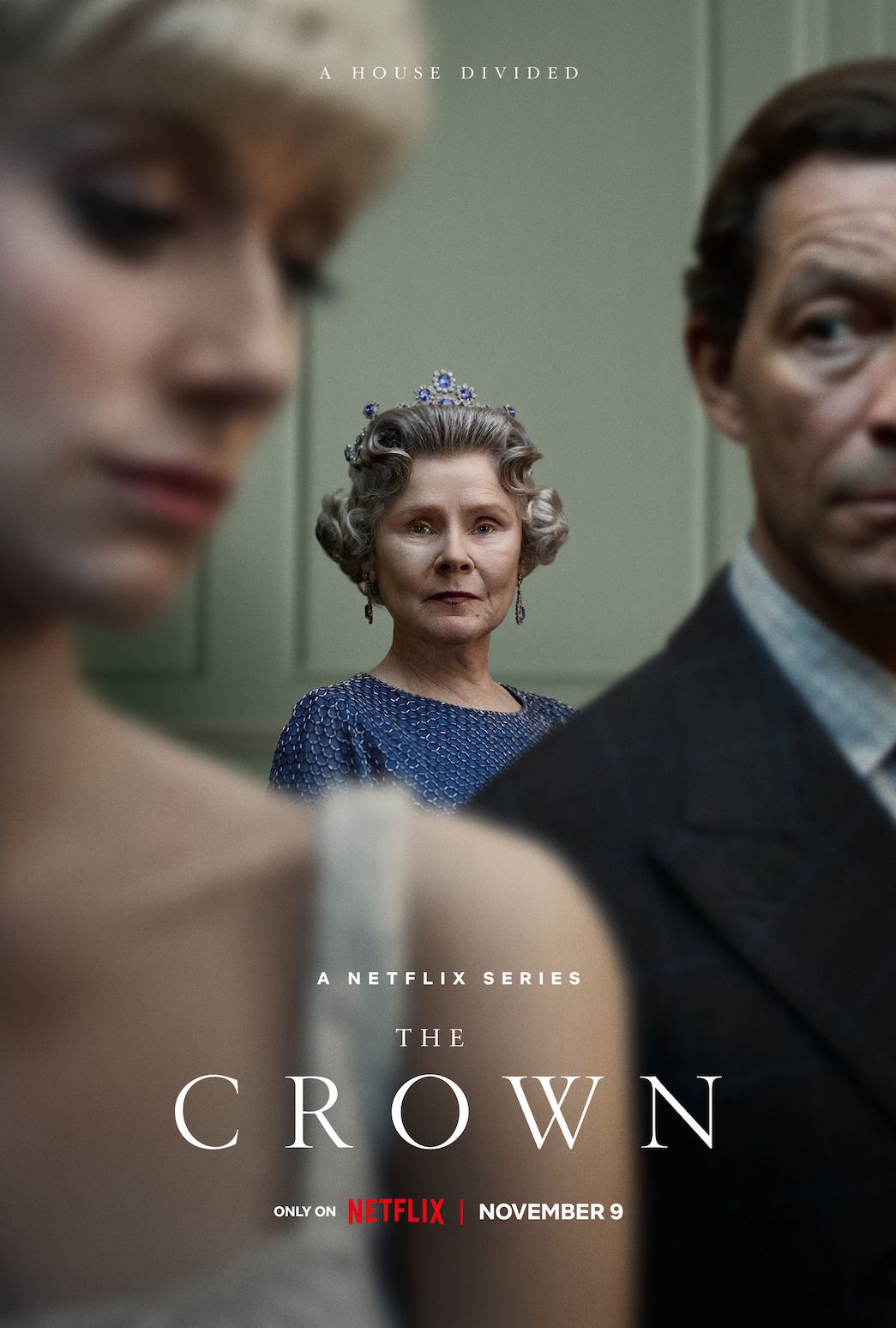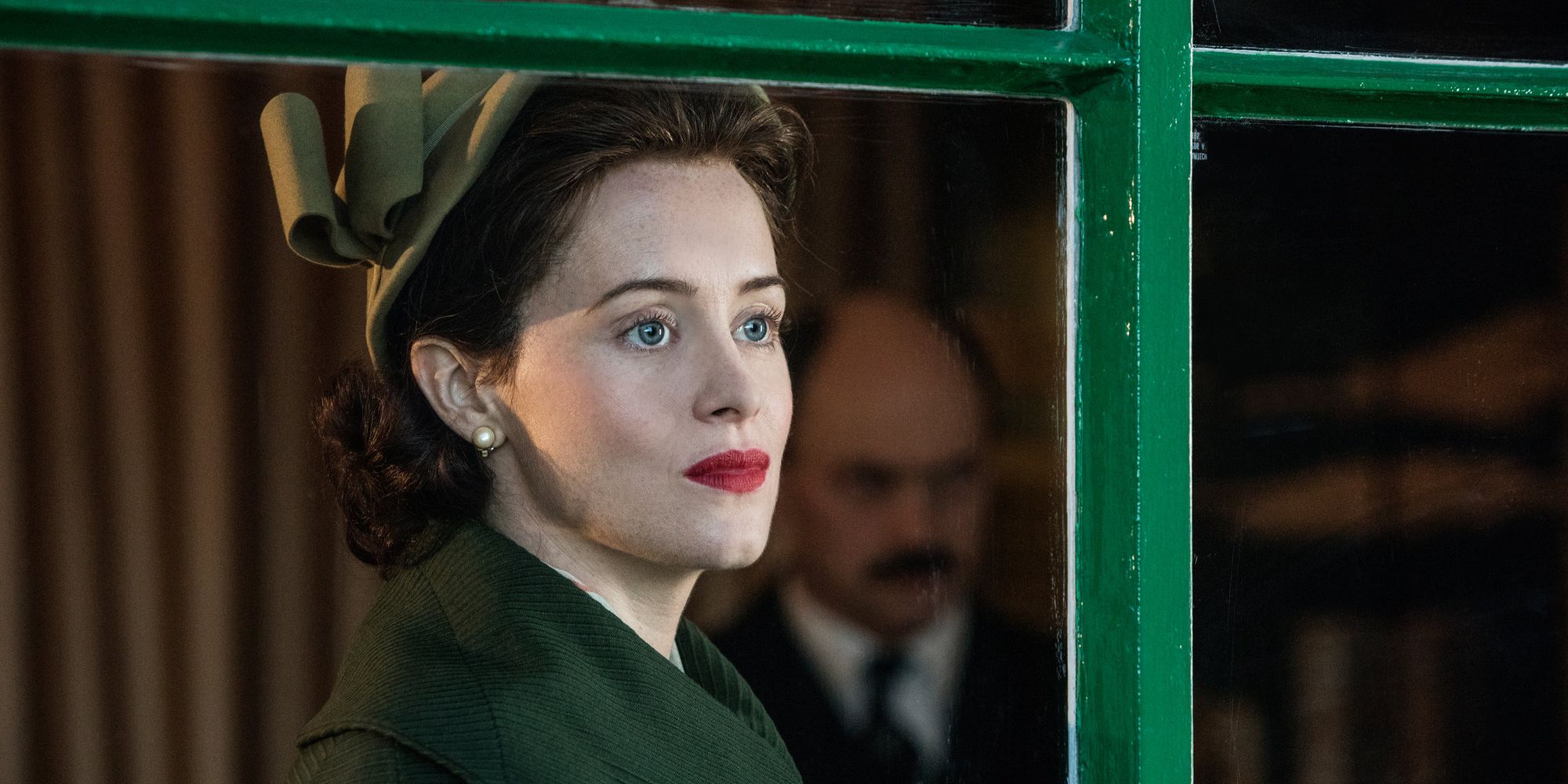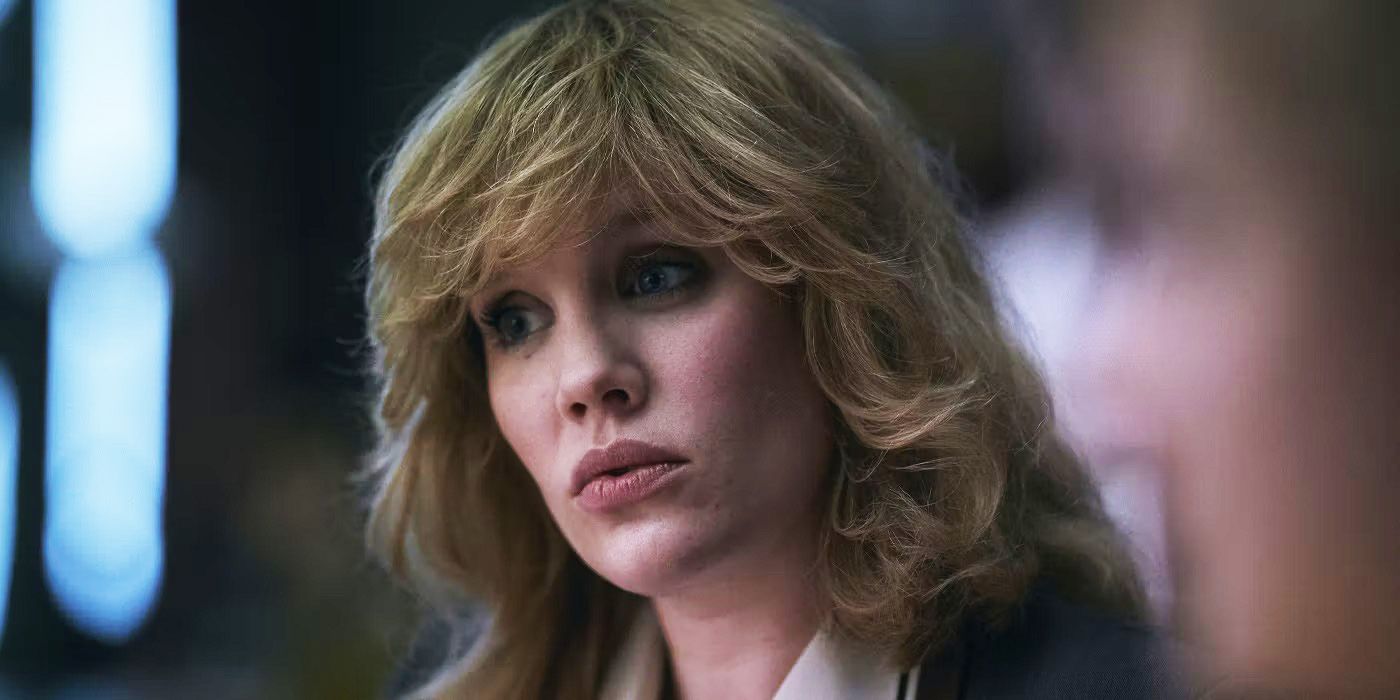‘The Crown’s Biggest Problem Has Never Been More Obvious
Editor’s note: The below contains spoilers for Season 6 Part 1 of The Crown.
The Big Picture
- The first seasons of The Crown presented a unique coming-of-age story of Queen Elizabeth II, highlighting her personal challenges and evolution as a leader in a male-dominated world.
- The later seasons of The Crown had to work harder to maintain audience interest as they covered well-documented historical events, but still explored the loss of faith in the monarchy and the complicated relationship between Prince Charles and Princess Diana.
- The recent seasons of The Crown have failed to provide any original perspectives on the scandals they depicted and received backlash for its portrayal of Princess Diana’s death.
Although there have been many films and television shows made about the real-life exploits of the British Royal Family, The Crown is a series about unrivaled ambition. Rather than focusing on just one period within the House of Windsor’s history, the Netflix series explored the dynasty’s impact on 20th-century politics, from the reign of King George VI (Jared Harris) to the romance between Prince William (Ed McVey) and Kate Middleton (Meg Bellamy). By showing the evolution of the family and the different figures in its history, The Crown has been able to make observations about the changing dynamics between the monarchy, the British Royal Family, and the Commonwealth.
Unfortunately, the notion that The Crown was uncovering a bit of undiscovered history has subsided, as the series continues to chase headlines by calling attention to more well-known scandals. While incorporating moments like the “Tampongate” scandal or the Panorama interview might attract viewers who remembered the events as they happened, The Crown no longer has any insight into the events that it is depicting.

The Crown
Follows the political rivalries and romance of Queen Elizabeth II’s reign and the events that shaped the second half of the 20th century.
‘The Crown’ Showed the Burden of Leadership in the Beginning
What distinguished The Crown from other shows about the British Royal Family was that the first season was a coming-of-age story. At the time of her father’s death, a young Elizabeth II (Claire Foy) still had a relatively narrow-minded view of the world. This isn’t due to any ignorance on her part, as she simply didn’t expect to ascend to become Queen at such a young age; in fact, Elizabeth’s father only became King when his brother abstained from office. The first two seasons of The Crown show how Elizabeth begins to establish her reign as she learns more about the people that she is serving. Although Elizabeth’s activities in office had been documented, The Crown was able to show how personally challenging it was for her to be faced with such significant responsibility. The Crown was unique because it wasn’t a documentary; facts about the Royal Family could be read elsewhere, but The Crown was actually trying to get its audience to invest in Elizabeth as a person.
The Crown often called attention to the reality that Elizabeth was at a disadvantage because of her gender. Although the series was fair in its depiction of Prince Philip (Matt Smith) and reflected his genuine love for Elizabeth, it showed how difficult it was for him to accept that his wife had more power than him. Elizabeth is a woman in a man’s world, and even her father’s greatest ally, Winston Churchill (John Lithgow), doesn’t treat her as an equal. Elizabeth has to fight to ensure that the people within her inner circle treat her with the respect and honesty that her position merits. The Crown understood that Elizabeth’s evolution as a leader paralleled how Great Britain itself changed in the aftermath of World War II. There was less emphasis on historical accuracy than there was on showing why having a female monarch was at odds with the patriarchy.
Early seasons of The Crown certainly didn’t ignore some of the significant scandals that rocked the Royal Family. One of the key plot points in the first season is Elizabeth forbidding her sister, Princess Margaret (Vanessa Kirby), from marrying Peter Townsend (Ben Miles); Townsend’s previous marriage and the scandalous nature of his relationship with Margaret threaten to steal attention away from the important duties that the Royal Family has. However, the emphasis on the Royal Family’s history of divorce wasn’t for the sake of melodrama. The fracture between Elizabeth and Margaret shows how all-consuming leadership can be, and how hard it was for the family to empathize with each other when all of their actions were constantly covered by the media.
‘The Crown’ Had to Work Harder to Be Insightful in Later Seasons
The first few seasons of The Crown were unique because there was a sense of discovery; television was still an infantile medium during Elizabeth’s early reign, and so the public was less aware of the Royal Family’s activities during this period. However, later seasons of The Crown covered events that had already been well documented by media outlets. The show had to work harder to make its historical events feel interesting when its audience was already acutely aware of what actually happened. The Crown’s Princess Margaret herself, Helena Bonham Carter, argued that the series shouldn’t continue into modern times because it would be coming too close to reality.
The Crown was able to shake off these concerns in its third and fourth seasons by focusing on how the public began to lose faith in the institution of the monarchy. Gillian Anderson’s performance as Margaret Thatcher was more than just an impression, but a fully fleshed-out depiction of a governmental figure whose popularity rivaled Elizabeth’s. The series explored how Thatcher’s leadership in the 1980s forced Elizabeth to reconsider her relationship with the public, as she had always taken their admiration for granted. Similarly, the relationship between a young Prince Charles (Josh O’Connor) and Diana Spencer (Emma Corrin) was well-balanced because it showed how hard it was for an “outsider” like Diana to become a media sensation overnight.
‘The Crown’ No Longer Has a Perspective
Unfortunately, The Crown’s later seasons failed to say anything original about the headlines they covered. Although the show tried to point its fingers at the media for sensationalizing the relationship between Prince Charles (Dominic West) and Diana (Elizabeth Debicki), the fifth season was just as guilty of focusing on the scandalous aspects of their marriage. The Crown’s producers argued that the depiction of Diana’s death was respectful, and while the accident itself is not portrayed in the series, the show’s use of elements like a “ghost Diana” visiting Charles and Elizabeth, which earned backlash from viewers, was considered more ghoulish and inappropriate than successful at illustrating the impact of Diana’s loss.
The Crown still has a chance to redeem itself. Hopefully, the relationship between William and Kate in the final stretch of the last season will help the show find its footing once more by showing the differences between duty and love in the Royal Family’s marriages. There are many resources available that offer a description of the Royal Family’s achievements, but The Crown’s value is its ability to empathize with them as people.
The Crown is streaming on Netflix.
Watch on Netflix
#Crowns #Biggest #Problem #Obvious


